HOW TO: Squat
Squats simplified are a popular exercise for strengthening the glutes and quads but there are many more muscles and parts of the body involved in coordinating the movement. As Exercise Professionals, we have observed a number of common mistakes in technique that may lead to pain or strain in squatters.
In this article, we outline these mistakes and instruct you in how best to avoid making them to ensure you’re getting the most out of your squat, and minimising any potential harm from improper technique.
Neutral Positioning
One of the most common mistakes we observe when people squat is the loss of neutral positioning through the spine. As a person moves deeper into the squat position, they may arch their back, causing unnecessary loading through the lumbar spine (lower back). To avoid this, maintain hip stability by keeping your hip to rib connection as you push your hips back and sit into your squat. This will prevent any lordosis (over extension of the lumbar spine), reducing some of the forces through the vertebrae.
Knee Rotation
When assessing someone’s squat technique, another thing we observe is how the knees are tracking. Often people will start to draw their knees in toward each other during the eccentric (lowering) phase of the squat. This action is called knee valgus and increases the loading placed through the knee. Commonly this is attributed to weak glute muscles or poor ankle range.
In order to correct this, we recommend including exercises in your program that aim to strengthen your glute medius, for example, clams or sprinters. If your ankle range is negatively impacting your technique, you can alleviate this issue by simply placing a wedge or weight under your heels to assist you in achieving the extra degrees of dorsiflexion. For long term results, we recommend working on your ankle range through mobilisation and stretching, which your Exercise Physiologist can assist you with.
Buttwink
‘Buttwink’ is an action that occurs at the bottom of a squat, where the hips move into posterior tilt and the tailbone tucks under, creating slight flexion in the lumbar spine. This can be caused by poor hip mobility or overall stability. A quick way to address this mistake is to reduce the depth of the squat until you have improved the capabilities of your stabilising muscles.
Learning The Right Squat Technique
When learning to squat, it is important to earn the right to load, ensuring your technique is impeccable before you add weights or try more advanced adaptations.
If you are unsure of your technique or what might be limiting your depth, please speak to your Exercise Physiologist.

